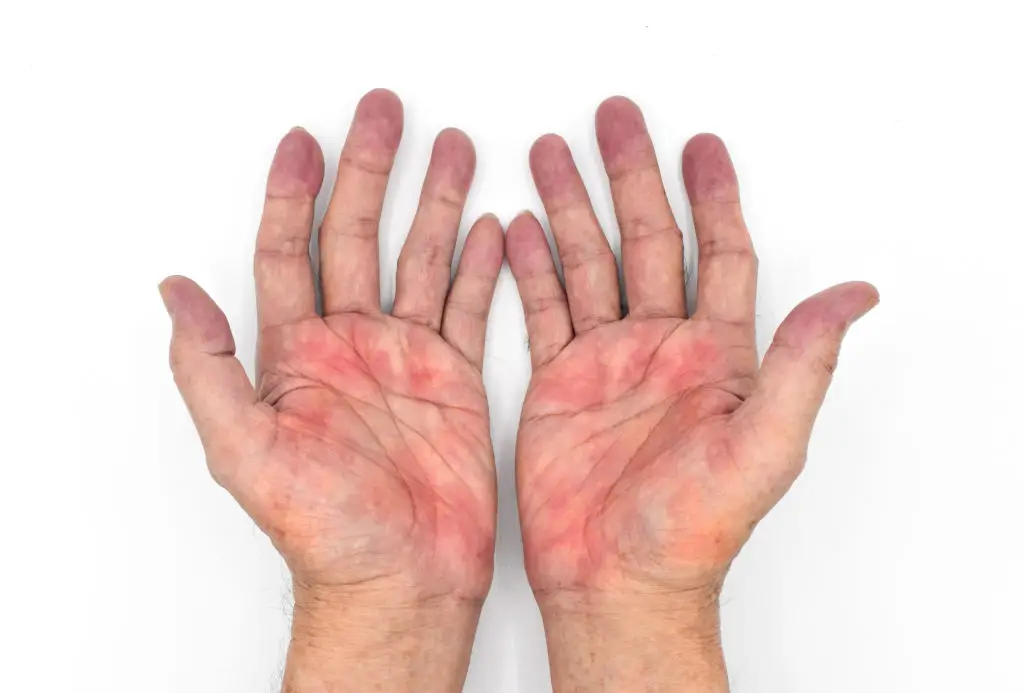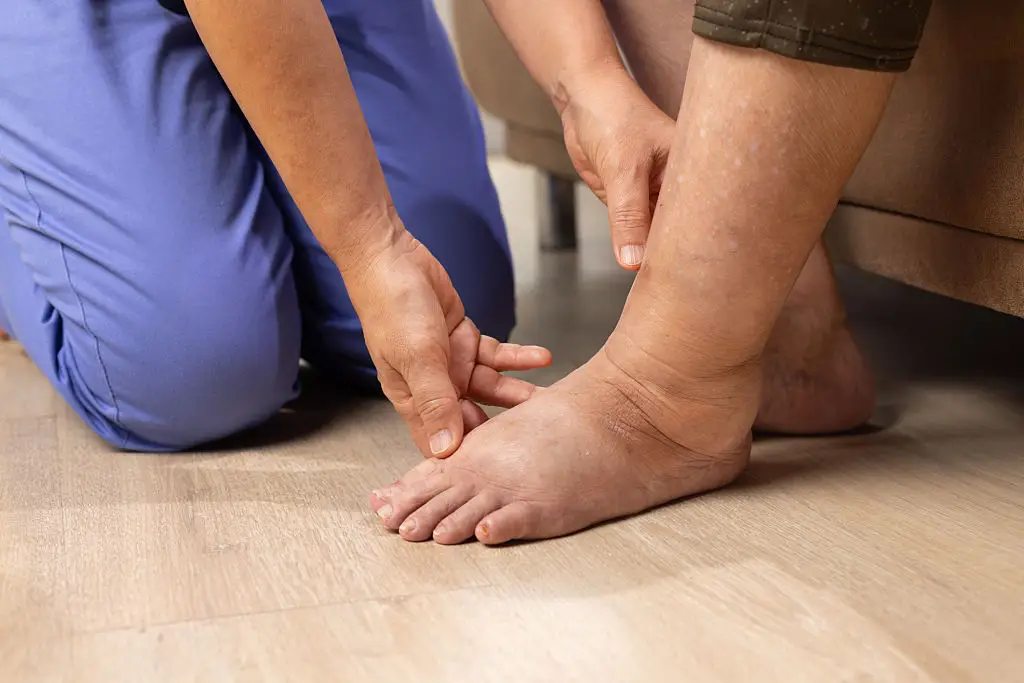Hidden Red Flags: 6 Unexpected Places Your Body Signals Liver Distress
It’s amazing how our bodies find gentle, sometimes quiet ways to get our attention. When it comes to liver health, the well-known warning signs—like abdominal pain or obvious jaundice—are only part of the story. The truth is, your body can send out early signals of liver distress in places you’d never expect, long before any textbook symptoms appear. Most of us are busy and tend to chalk up subtle changes to everyday wear and tear, aging, or stress. But tuning in to these signals isn’t about alarm—it’s about giving yourself the information to feel your best. In this guide, we’ll walk through six “hidden” red flags that can pop up in unexpected areas of the body. You’ll learn what these signs look and feel like, what might be causing them, and what steps you can take if something seems off. Remember: noticing a single sign doesn’t mean you need to panic—think of these clues as gentle nudges from your body to check in and take care. With a nurturing, informed approach, it’s possible to catch liver issues earlier and make choices that support your long-term vitality.
1. Hands: Red Palms (Palmar Erythema)

Have you ever glanced at your hands and noticed a reddish flush across your palms, especially around the base of your thumb and pinky? This change, called palmar erythema, might seem harmless—sometimes it’s even brushed off as warmth or just dry skin. In fact, persistent redness here can signal early liver distress. The color shift is caused by changes in blood flow and small blood vessels right under the skin, brought on by shifts in the liver’s hormone processing. While some people experience warm hands for many reasons, palmar erythema typically doesn’t fade with temperature changes and has a distinct, almost symmetrical rosy appearance. Every set of hands tells a story—from hard work to joyful creativity. If you notice this persistent redness without an obvious trigger, it’s a gentle cue to pay attention. This doesn’t mean there’s an emergency, but it’s wise to mention it to your healthcare provider, especially if you see other changes elsewhere. Remember, noticing and understanding these small physical shifts is an empowering act of self-care.
2. Feet: Swelling or Changes (Edema, Nail Changes)

Our feet do a lot of heavy lifting—carrying us through long days and steady routines. When subtle, persistent swelling begins to show up (especially around the ankles or tops of the feet), it’s easy to dismiss it as tiredness or standing too long. However, new or repeated puffiness can be one of the first signs of liver distress. That’s because the liver plays a big part in fluid balance; when it’s struggling, excess fluid can start to pool in the lower legs. Nail changes—like odd pitting, increased brittleness, or unusual color in your toenails—can also quietly whisper that something deeper is going on. These subtle shifts, particularly when combined with swelling, are worth mentioning to a professional. Paying attention to these “small” details shows respect for the body’s wisdom. It’s a friendly reminder: sometimes, the earliest signals are waiting right at your feet.
